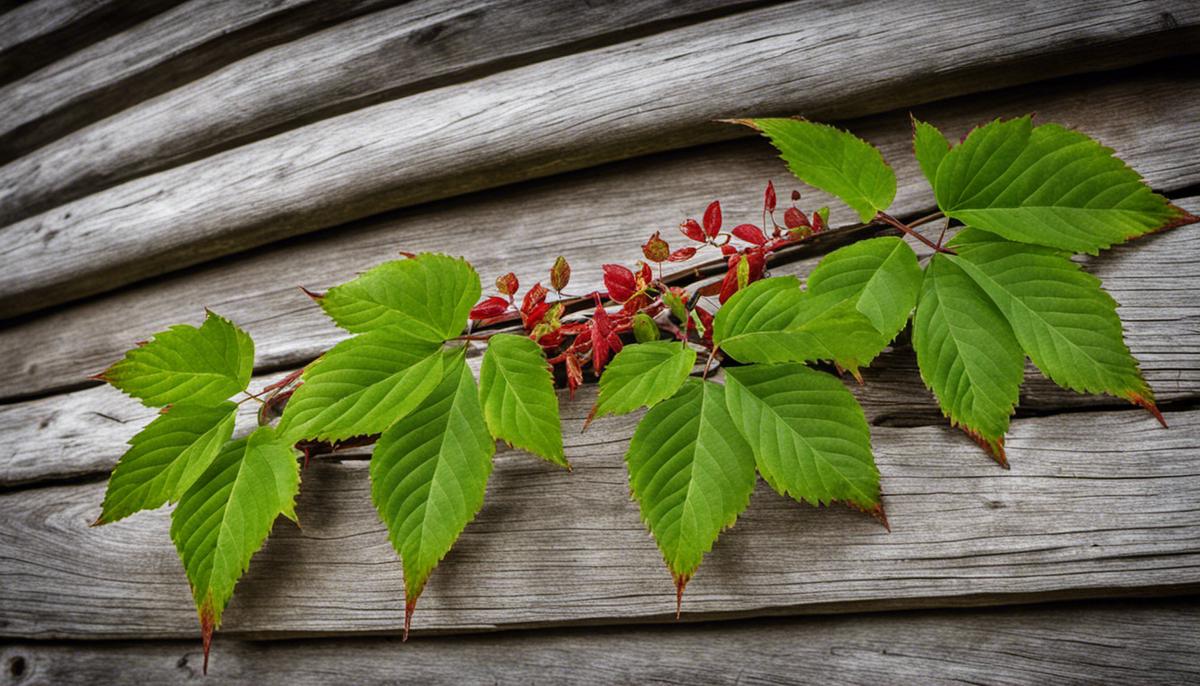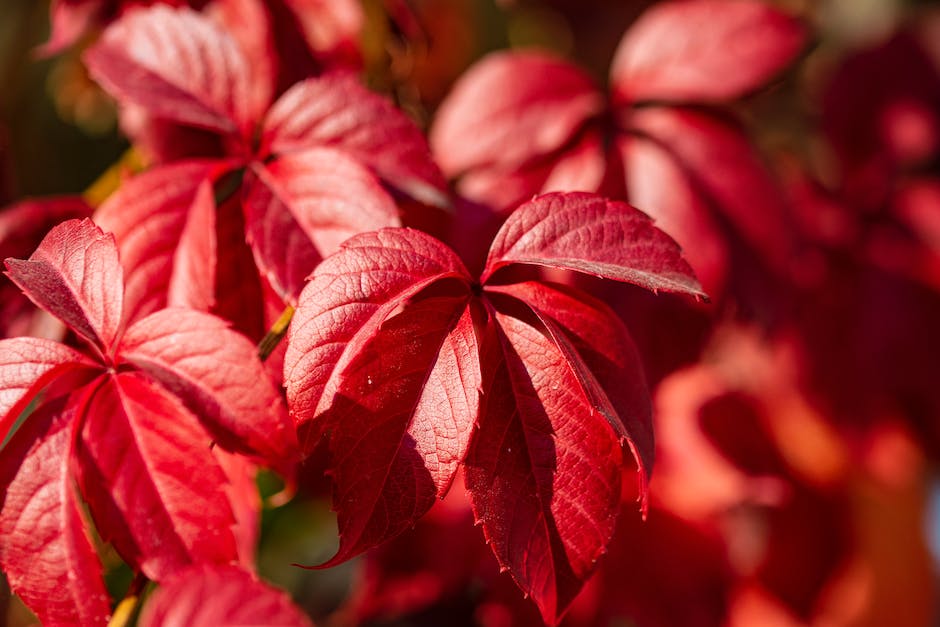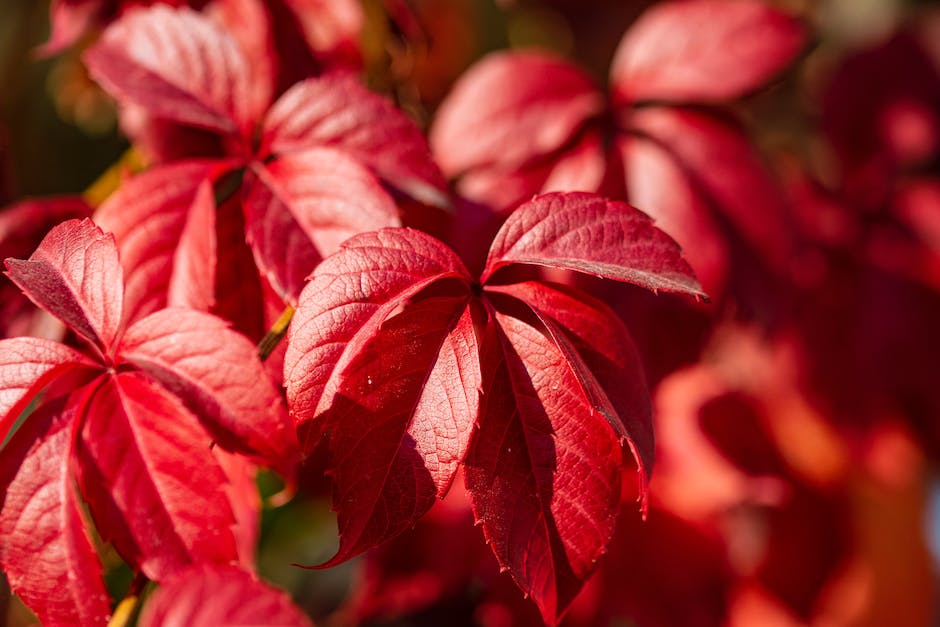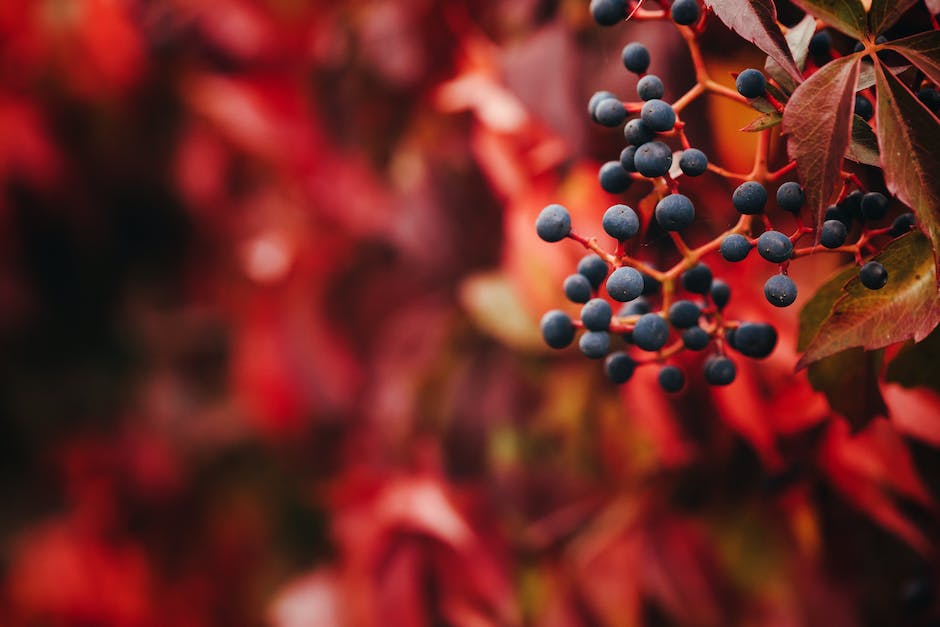Defeating Virginia Creepers: Simple Strategies

Virginia Creepers, widely recognized by their characteristic five-fingered leaf, rapid growth rate, and climbing habits, can pose a serious challenge to gardeners and homeowners. While aesthetically pleasing in their autumnal hues, these intrusive climbers can take over gardens, envelope trees, and buildings, leaving a trail of destruction in their wake. This writing aims to provide the reader with a comprehensive understanding of how to identify these creepers, practical methods of removal, and useful tactics to prevent their re-growth.
Identifying Virginia Creepers
A Step-by-Step Guide to Identifying Virginia Creepers
Are you an enthusiastic green-thumb? Passionate about all things leafy and vine-like? The Virginia creeper, named for one of the first British colonies it was documented in, is a common vine plant cherished by nature lovers and garden enthusiasts – but discerning it from other winding greenery can be quite a challenge. This article aims to provide a concise, practical guide for all those eager to enhance their native vine identification prowess.
Step 1: Look at the Leaves
Undeniably, the most distinguishing feature of a Virginia creeper is its leaves. They are a rich green from spring until early fall and are typically palmately compound, with five leaflets that emerge from a central point. The leaf edges are toothed, each larger leaf typically measuring between 10cm and 20cm. Be aware, this foliage turns a beautiful crimson color in the autumn – equally stunning but different in appearance.
Step 2: Identify the Shape
Virginia creepers have a unique shape that sets them apart. One should note that while other vines may climb trees and buildings, NO other North American vine does this with five leaflets. Here again, the magic number five crucially helps discern Virginia creepers from the imminent confusion with Poison Ivy, which has three.
Step 3: Examine the Bark
The stem of a Virginia creeper is another crucial point of identification. The vine’s bark tends to be quite rough, brown, and covered in fibrous rootlets, which allows it to cling to almost any surface. While other vines might display similar smoothness or roughness, the characteristic brownish hue could give away a Virginia creeper’s identity.
Step 4: Check for Berries
If it’s the season for it (typically late summer), keep an eye out for the deep-blue or purple berries that are often found on the vine. These berries hang in clusters from the vine and are a favorite amongst birds. However, humans should take caution as they are extremely toxic to us.
Step 5: Consider the Vine’s Environment
Virginia creepers are incredibly adaptable and can grow in various climates; typically though, they thrive in sunny to moderately shaded environments. Their fondness for rich, well-drained soil is another notch to be considered in solving this leafy mystery.
Step 6: Be Aware of The Season
The last piece of advice is always to consider the time of year. In spring, the leaves of a Virginia creeper emerge as a bronze or purplish color. Come summer, they mature to a dark green, and by fall, they transform into a deep red or burgundy, giving this wonder of nature a unique tri-color identity across the seasons.
There you have it – a concise, to-the-point guide for identifying Virginia creepers among other vine plants. Happy vine watching!

Methods of Removal
Mastering the Art of Banishing Virginia Creeper Vines
Recognizing the helicopter-like leaves, distinctive bark, bright red berries, and the vine’s inherent resilience throughout the seasons lays the foundation for effectively removing Virginia creepers. But what’s the next step? How do you effectively and safely banish these aesthetic but invasive vines from your garden? This article delves into practical and manageable strategies to accomplish this task.
Employ Manual Removal Techniques
Getting hands-on is the first line of defense. Virginia creepers are tenacious, but their roots can be removed manually. Be patient, though – it’s a process that may have to be repeated due to their incredibly persistent nature. Use a claw garden tool, pulling upward on the vine’s base and teasing out the roots from the soil. Once the roots are free, cut the vine back to the stump before disposing of it safely away from your compost pile to prevent regrowth.
Leverage Herbicides Strategically
Sometimes, mechanical removal just won’t cut it. That’s when herbicides become inevitable. Select a non-discriminatory herbicide – typically glyphosate or triclopyr. These are best used on the creeping plant while it is actively growing, making absorption optimal for fast and efficient eradication. The application should be made directly on the foliage or cut stump of the vine. Remember, safety is crucial. Always handle these chemicals with care and respect the guidelines provided on the package.
Utilize the Smothering Technique
Low lying Virginia creepers may succumb to the smothering technique. This method involves suffocating the vines by covering them with thick black plastic or layers of cardboard and mulch. It’s a time-intensive technique but a quite effective and non-chemical way of eliminating the vine.
Starve the Vine out
Believe it or not, vines like the Virginia creeper need sunlight to thrive, so obstructing this basic need is a clever and environment-friendly way to stifle its growth. Set barriers using opaque materials on the sides of walls or fences where the creepers tend to establish themselves.
Encourage Biological Predators
Certain insects, like the Virginia creeper sphinx moth larvae, are known to dine on these clingy plants. If the habitat allows, try encouraging these beneficial insects. They could provide an effective biological control measure.
Armed with these strategies, Virginia creeper cessation becomes a more manageable chore. Remember, persistence and quick actions are key. Nip any new growth in the bud and stop the creeper from claiming new areas in your beloved garden space.

Preventing Re-Growth
The War on Virginia Creepers: Your Battle Plan
Ready to further conquer your vine-growing hobby by stopping a Virginia creeper in its tracks? We’re diving into the nitty-gritty of how you can put a halt to this vine’s industrious regrowth once and for all. Let’s command your green escape like a virtuoso vine vanquisher!
Firstly, get acquainted with the root system.
Beneath Virginia creepers’ ground-hugging foliage lies a network of seemingly endless roots. This network is the key to the vine’s resilience and can reach astonishing lengths. To effectively impede its regrowth, pruning the vine itself isn’t enough – one must delve deeper.
For trimming the roots, grab a pair of sturdy garden scissors or a sharp shovel. Cut as many roots as possible, digging as deep as possible. Every single root snippet left behind represents a potential new vine, so leave no stone unturned. It’s no small task but, remember, patience and passion fuel a hobbyist’s fire.
Herbicides come next, but it’s to be noted that these should solely be viewed as a last resort. Such chemicals can negatively impact surrounding flora and fauna. However, round-up, glyphosate, or triclopyr are specifically designed to tackle woody plants and vines like the Virginia creeper, assaulting the creeper’s relentless regrowth.
If choosing the herbicidal route, make sure to follow the instructions meticulously. More importantly, stay patient: Products like these often take a while before they display full effectiveness. They may even warrant several applications over a season before you’ll see notable results. Above all, always steer clear of over-application, as it hampers the local ecosystem.
Next up, smothering – a more eco-friendly territory. This involves covering the vine with cardboard, sheets, plastic, or any other method which cuts the vine off from imperative sunlight. The vine’s growth gets stagnated without photosynthesis, thereby inhibiting regrowth.
Similarly, systematically cutting back the vine to limit its sunlight exposure directs us to a similar principle. By consistently trimming back the vine and keeping it from leafing out, you can effectively starve it of the sunlight it needs to photosynthesize and grow.
Lastly, encouraging biological warriors can be an effective and eco-friendly way to control the creeper’s regrowth. Birds can be the gardener’s best friend in this battle. Almost all species enjoy feasting on Virginia creepers’ seeds preventing them from taking root.
Whether you choose a manual method, opt for a chemical war, or align with Mother Nature, remember it’s a battle of perseverance. A Virginia creeper didn’t gain its tenacity overnight; its control won’t be immediate as well. So, gear-up hobbyists and let’s take back your garden!

Addressing a Virginia creeper infestation doesn’t end with just removal; consistent and effective preventative measures are required to ensure the creeper doesn’t return. Regular observation of your garden, responding immediately to new growth and the strategic planting of alternative, robust flora that can compete for resources, are all practical methods to keep Virginia creepers at bay. The knowledge of identifying, controlling, and preventing the re-growth of this invasive plant will ensure your garden retains its health and aesthetic appeal, providing a sanctuary rather than a battle ground.



